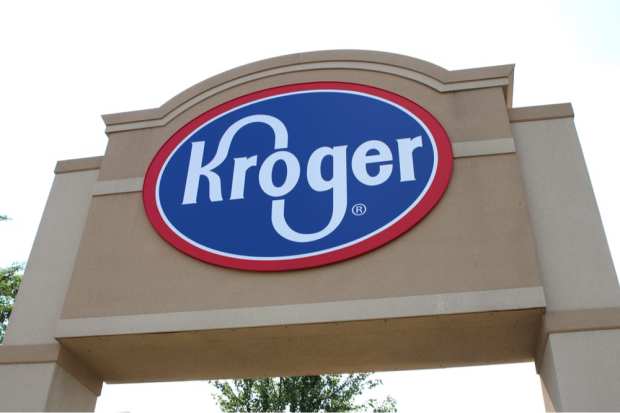Kroger Advises Peers On Reopening Guidelines

In the absence of clear federal government direction, retailers are taking reopening guidelines into their own hands. The most notable example comes from Kroger, which shared a COVID-19 reopening playbook for all retailers and supply chain contributors on its website on this week.
According to the company the Blueprint for Businesses contains recommendations and learnings that the company has acquired since the start of the coronavirus crisis both in-store and through interactions with other business leaders. Those leaders are in Italy, Singapore and China — all of which are at varying stages of recovery. Late last week, according to a Kroger statement, several U.S. governors asked Kroger to help their state’s businesses to reopen safely. Kroger developed the blueprint in 36 hours.
Most of the Kroger Blueprint for Businesses is fairly predictable. However, some of it is not. On the predictable side it recommends signage and in-store audio to remind associates and shoppers to stay socially distant. It also encourages stepped up cleaning measures at all in-store points and temperature checks for employees before each shift.
“It’s critical for businesses to let their values guide their actions and to develop protocols and procedures in advance of reentering the marketplace to safely reopen, protecting customers and employees and flattening the curve,” said Kroger CEO Rodney McMullen. “We recognize that not all businesses are the same. What worked for us may not work for some companies. And while there is no ‘one thing’ that makes all the difference, taking a comprehensive, thoughtful approach to safety will lead to better outcomes.”
However, it also seems to prepare associates for bizarre in-store events such as coughing on food or external protests by activists looking to accelerate reopening.
“In many ways, the pandemic has brought out the best in people, but the stress and fear can lead some to be confrontational,” the Blueprint says. “Prepare your employees to respond to these situations carefully to help ensure their safety. We prepared de-escalation tips for our employees and our store leaders, as well as ensured our leaders had talking points to use when communicating COVID-19 information to their teams, vendors and customers.”
The company also used the blueprint to come down solidly in favor of contactless payments. It recommended retailers use a proprietary payment method (the company has a mobile solution called Kroger Pay) or accelerate the move toward technology that does not require pin pads or physical interactions.
“We shouldn’t be touching anything,” said Richard Crone, CEO of mobile-payment research company Crone Consulting LLC, in a Bloomberg report. He expects contactless payments to gain an additional 10 percent to 20 percent of transactions at stores and at ATMs as the result of the coronavirus pandemic. He also predicted that person-to-person services like PayPal, Venmo and Zelle will get a boost.
The Kroger recommendations come at a time when consumers are evaluating their shopping behaviors as the conversation turns toward re-opening retail. The PYMNTS COVID-19 tracker released this week shows that consumer grocery shopping routines could change significantly. The research shows that 136.6 million consumers reported on April 11 that they shopped less often than they did before the outbreak, and 48.2 million of these shoppers planned to go grocery shopping less often than they had in the past once the pandemic is over. Another 19.7 million said they would simply not go back to shopping for groceries in stores.
